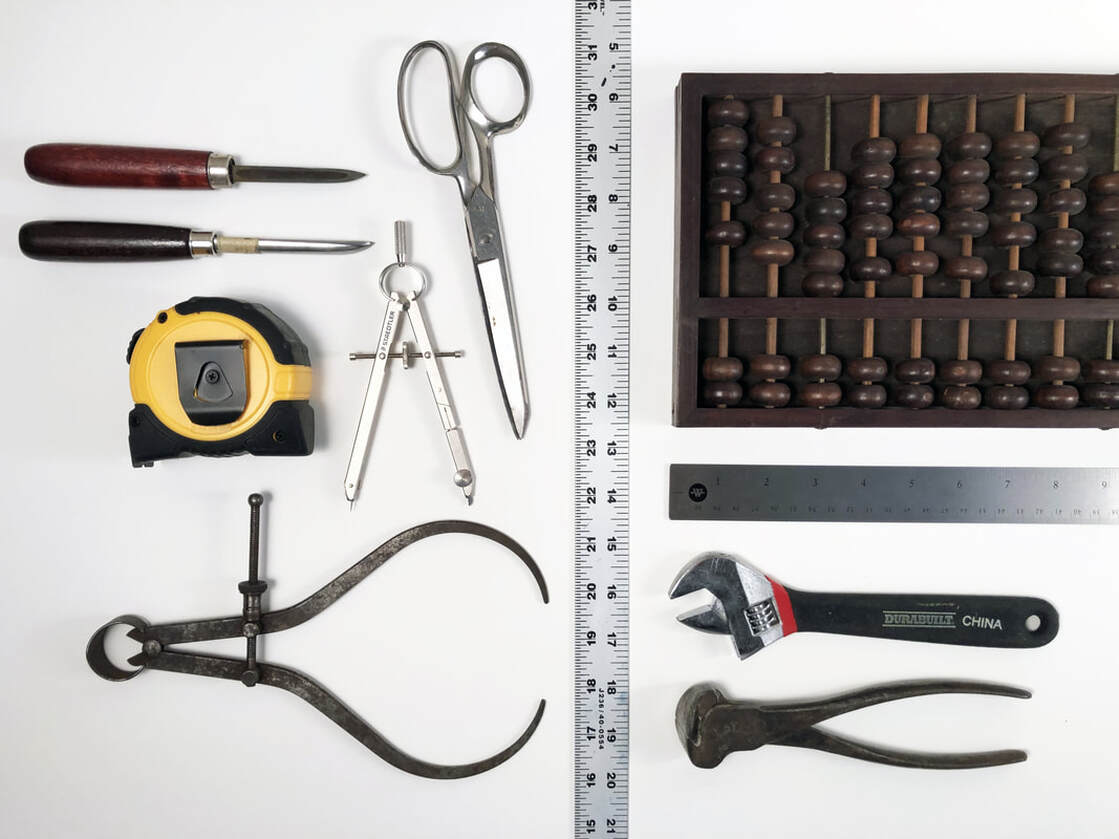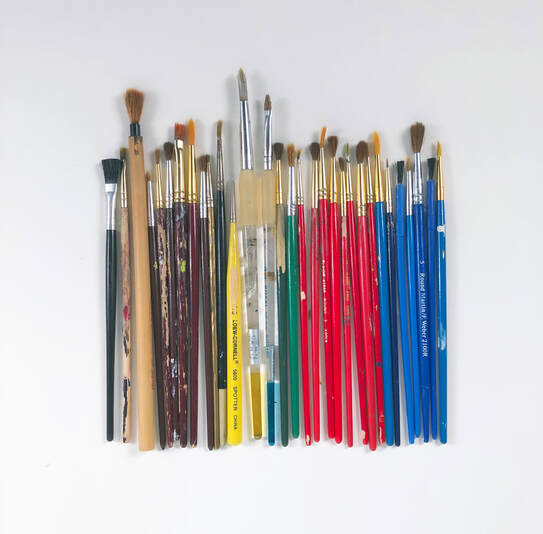Cabinet of Curiosity |
|
Shelf with shell and marine specimens, ca. 1880s, digital scan from glass plate negative, Saint Vincent Archabbey Archives
|
By the 1880’s, several works of art collected at Saint Vincent were exhibited alongside taxidermy (mounted animals), minerals, ethnographic objects (material items related to the customs of human societies), entomological specimens (insects), war mementos, and regional artifacts in a wunderkammer or cabinet of curiosities. This method of display had been popular since the mid-16th century among wealthy Europeans who wished to impress guests with items they prized as being rare or exotic. The Saint Vincent Cabinet, later renamed The Saint Vincent Monastic Museum, actively assembled a wide array of objects from around the world that included among other curios some 80,000 insects, a mummified hand, tickets to the 1893 World’s Columbian Exposition, fossilized Megalodon teeth, and a crust of bread allegedly from the last meal of Pope Leo XIII–all intended to entertain, educate and impress students and guests.
Due to space limitations, collections were relocated at least four times until their final convening on the 5th floor of Alfred Hall in 1927 where they remained until 1981 when many of the natural history specimens were deaccessioned or dispersed to the charge of respective academic departments. Some of the contents of the museum were donated to other regional professional museums, such as the Carnegie Museum of Pittsburgh, which received the bulk of the collection. |
Bird and insect display, ca. 1880s. digital scan from glass plate negative, Saint Vincent Archabbey Archives.
For centuries, objects have been categorized and re-categorized according to a seemingly limitless set of organizing principles. Within the arts and sciences, each discipline has a variety of ways organizing visual information, research collections, and documentation of previously created work. These methods of categorization are always evolving as they help us form new connections between physical and intangible worlds.
Household Taxonomy / What do you collect? Looking around your home, identify small objects that might be grouped together for display. These articles might be sourced from a workbench, medicine cabinet, pantry, toy box, bookshelf, wallet/purse, garden, or junk drawer. Look closely at these items. What unites them? What makes them distinct?
Develop a classifying or organizing system from these items. They could be organized by size, shape, origin, material, color, alphabetical name, age, etc. Much like the methods of display used at Saint Vincent that featured butterflies, birds, and shells, you're creating a kind of taxonomy - a system of classification underscored by supporting principle(s).
Create a composition based on your organizing criteria and photograph it. Work on developing a layout that is also visually pleasing. With a different set of organizing principles, re-order your items and photograph your new display. Don't forget to share your collections with us by tagging #VCAstudio on Instagram or email them to andrew.julo[at]stvincent.edu to have your work shared here.
Studio Research / For her series Prairie Specimens, Terry Evans photographed flora and fauna gathered from the Great Plains stored at Chicago's Field Museum. These images reveal a strange, quiet beauty that pay homage to the work of preservationists as well as the subjects of their research. Evans notes that for the explorers who gathered these items and for the great naturalist artists of previous centuries, the practice of sustained observation was essential to better understand the world. Learn more about Evans' series on the artists' website.





